Input interpretation

hydroquinone, tetrachloro
Chemical names and formulas

formula | C_6H_2Cl_4O_2 name | hydroquinone, tetrachloro IUPAC name | 2, 3, 5, 6-tetrachlorobenzene-1, 4-diol alternate names | 2, 3, 5, 6-tetrachloro-1, 4-benzenediol | 2, 3, 5, 6-tetrachlorohydroquinone | tetrachlorohydroquinone | tetrachloro-p-benzohydroquinone mass fractions | C (carbon) 29.1% | Cl (chlorine) 57.2% | H (hydrogen) 0.813% | O (oxygen) 12.9%
Lewis structure
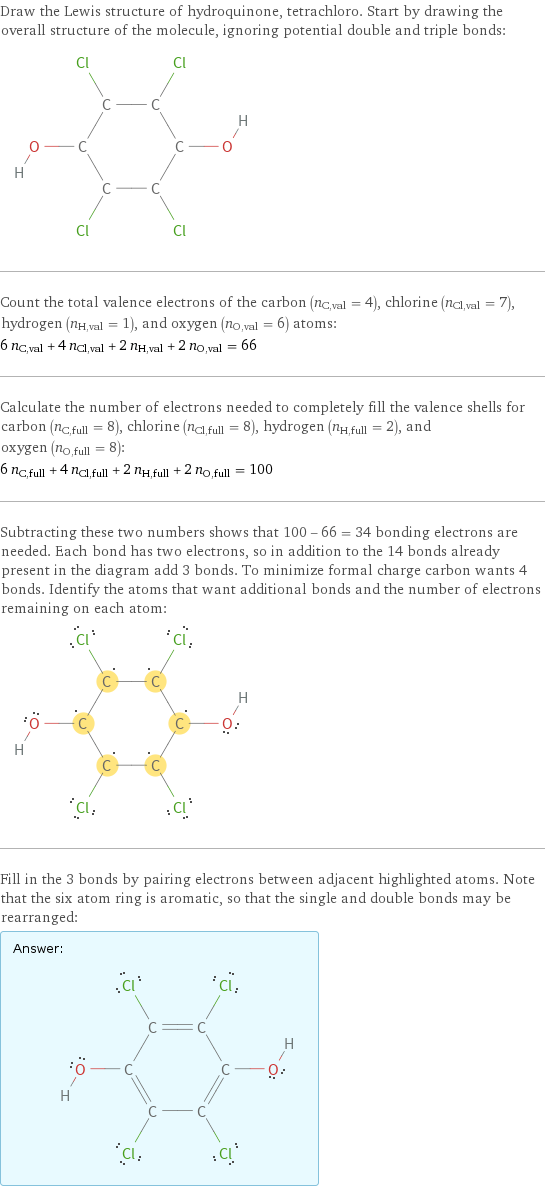
Draw the Lewis structure of hydroquinone, tetrachloro. Start by drawing the overall structure of the molecule, ignoring potential double and triple bonds: Count the total valence electrons of the carbon (n_C, val = 4), chlorine (n_Cl, val = 7), hydrogen (n_H, val = 1), and oxygen (n_O, val = 6) atoms: 6 n_C, val + 4 n_Cl, val + 2 n_H, val + 2 n_O, val = 66 Calculate the number of electrons needed to completely fill the valence shells for carbon (n_C, full = 8), chlorine (n_Cl, full = 8), hydrogen (n_H, full = 2), and oxygen (n_O, full = 8): 6 n_C, full + 4 n_Cl, full + 2 n_H, full + 2 n_O, full = 100 Subtracting these two numbers shows that 100 - 66 = 34 bonding electrons are needed. Each bond has two electrons, so in addition to the 14 bonds already present in the diagram add 3 bonds. To minimize formal charge carbon wants 4 bonds. Identify the atoms that want additional bonds and the number of electrons remaining on each atom: Fill in the 3 bonds by pairing electrons between adjacent highlighted atoms. Note that the six atom ring is aromatic, so that the single and double bonds may be rearranged: Answer: | |
3D structure
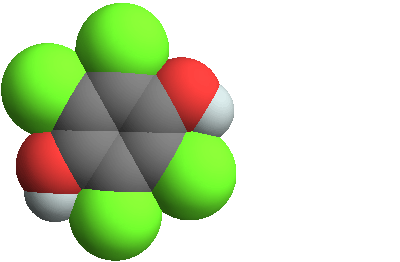
3D structure
Basic properties
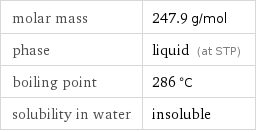
molar mass | 247.9 g/mol phase | liquid (at STP) boiling point | 286 °C solubility in water | insoluble
Units

Liquid properties (at STP)

vapor pressure | 0.0016 mmHg (at 25 °C)
Units

Thermodynamic properties
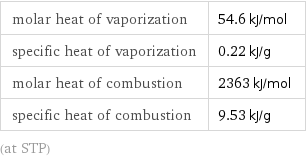
molar heat of vaporization | 54.6 kJ/mol specific heat of vaporization | 0.22 kJ/g molar heat of combustion | 2363 kJ/mol specific heat of combustion | 9.53 kJ/g (at STP)
Chemical identifiers

CAS number | 87-87-6 Beilstein number | 1876374 PubChem CID number | 66603 SMILES identifier | C1(=C(C(=C(C(=C1Cl)Cl)O)Cl)Cl)O InChI identifier | InChI=1/C6H2Cl4O2/c7-1-2(8)6(12)4(10)3(9)5(1)11/h11-12H EU number | 201-779-1 RTECS number | MX7700000 NSC number | 100888
NFPA label

NFPA label
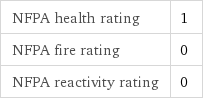
NFPA health rating | 1 NFPA fire rating | 0 NFPA reactivity rating | 0
Safety properties

flash point | 127 °C
Toxicity properties

RTECS classes | mutagen